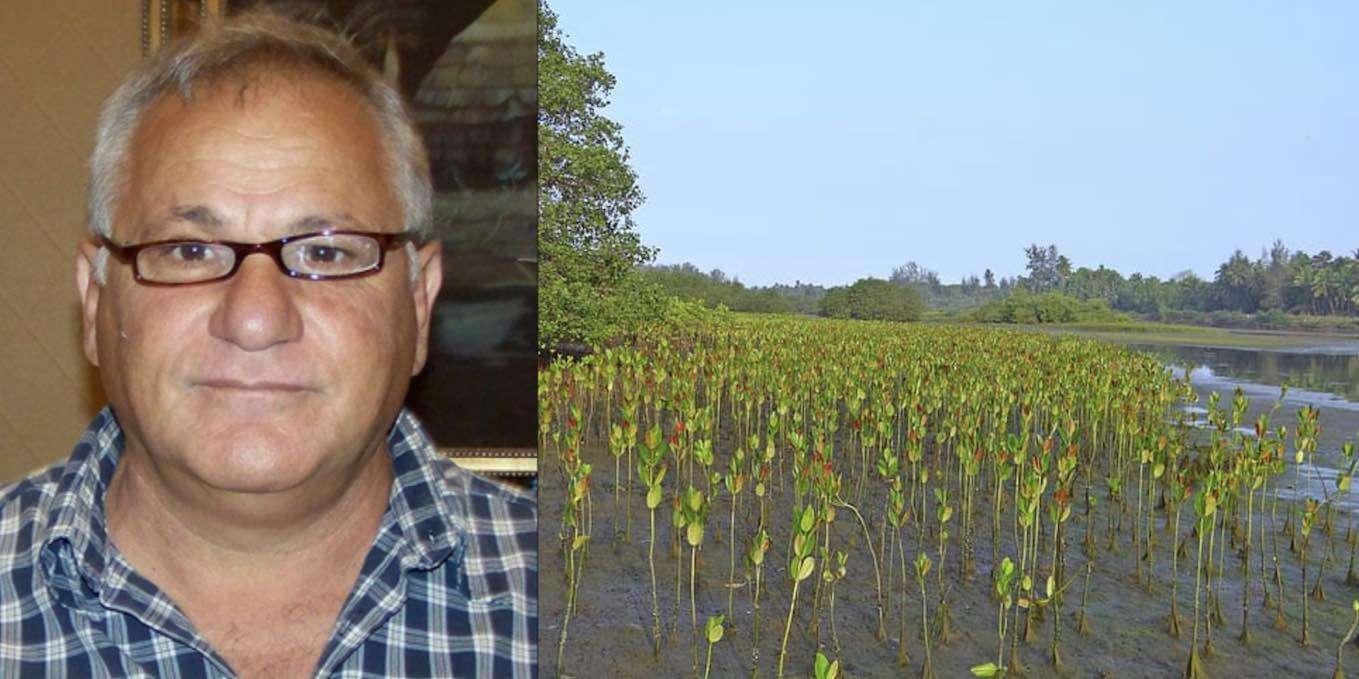As Earth's Ozone Layer Continues to Repair Itself, Scientists Happily Report Good News on Global Wind Trends
It has been 35 years since the world passed legislation to protect the ozone layer—and new research says that it has been a happy success.

"Here we have a burgeoning (mangrove) leaf. You take it and you plant the lower third in the mud, and then you take 2 steps—one, two, and then you plant another one," said the retired politician, with a smile ear to ear, as he wades in the murky coastal waters of Senegal's Casamance Delta.
Planting since 2009, Haidar el Ali's efforts have produced one of the most stunning successes in the history of modern large-scale reforestation—the restoration of an entire Senegalese mangrove swamp.
Forests are one of the most resilient habitats on our planet while also being one of the most exploited. Ever since the scientific community began to encourage the planting of trees to ‘re-wild' previously lost forest ecosystems to respond to climate change, some very determined members of the human race have rolled up their sleeves and produced remarkable results.
As Senegal's former Minister of Ecology (and later Fisheries), the 67-year-old was able to rally citizens from the local coastal population to help him plant 152 million mangrove buds by hand, and it created a truly beautiful coastal mangrove forest stretching hundreds of square miles—one of the largest of its kind in the world.
Recently, Jean Francois Bastin et al. estimated that 2.4 billion acres of additional forest cover on the earth (1B hectares) would suck 25% of all the carbon currently being pumped into the atmosphere. Science like this was in large part responsible for the World Economic Forum's launch of the Trillion Trees vision.
Because they store immense amounts of carbon in their submerged root systems, mangroves and other bodies of coastal vegetation are some of our planet's most important ecosystems. They help filter river mud runoff from entering the sea, while absorbing the brunt of tidal waves and tsunamis. And they also provide some of the most valuable habitat for near-shore wildlife including birds, insects, invertebrates, crustaceans, reptiles, fish, and even monkeys.
In a video interview with BBC, Haidar described how the original mangrove forest in Southern Senegal was disrupted in the 80s and 90s as the nation began to build roads which diverted or ended the flow of rivers. "At the time there were no environmental impact studies, of course."
Next came the lumbermen who clear-cut the coastal mangroves. It wasn't, as Haidar explains, until the salt from the sea water entering the delta poisoned the nearby rice fields that people began to think about replacing what had been lost.
Though nearing his seventh decade of life, Haidar swims butterfly stroke through the water-borne forest of his and his colleagues' making, pointing out the presence of returning wildlife as a boon to the local economy.
"The mangrove is a fantastic ecosystem that attracts rain—and it is well known scientifically that this mud captures methane, and that these leaves capture CO2," he explains.
"I take a lot of satisfaction from this. I'm ready to do it every day, all evening, all my life."
(WATCH the heartwarming BBC video below… [NOTE: BBC only has video, no full article)
Plant Some Positivity! SHARE This Amazing Story With Friends On Social Media…
Be the first to comment